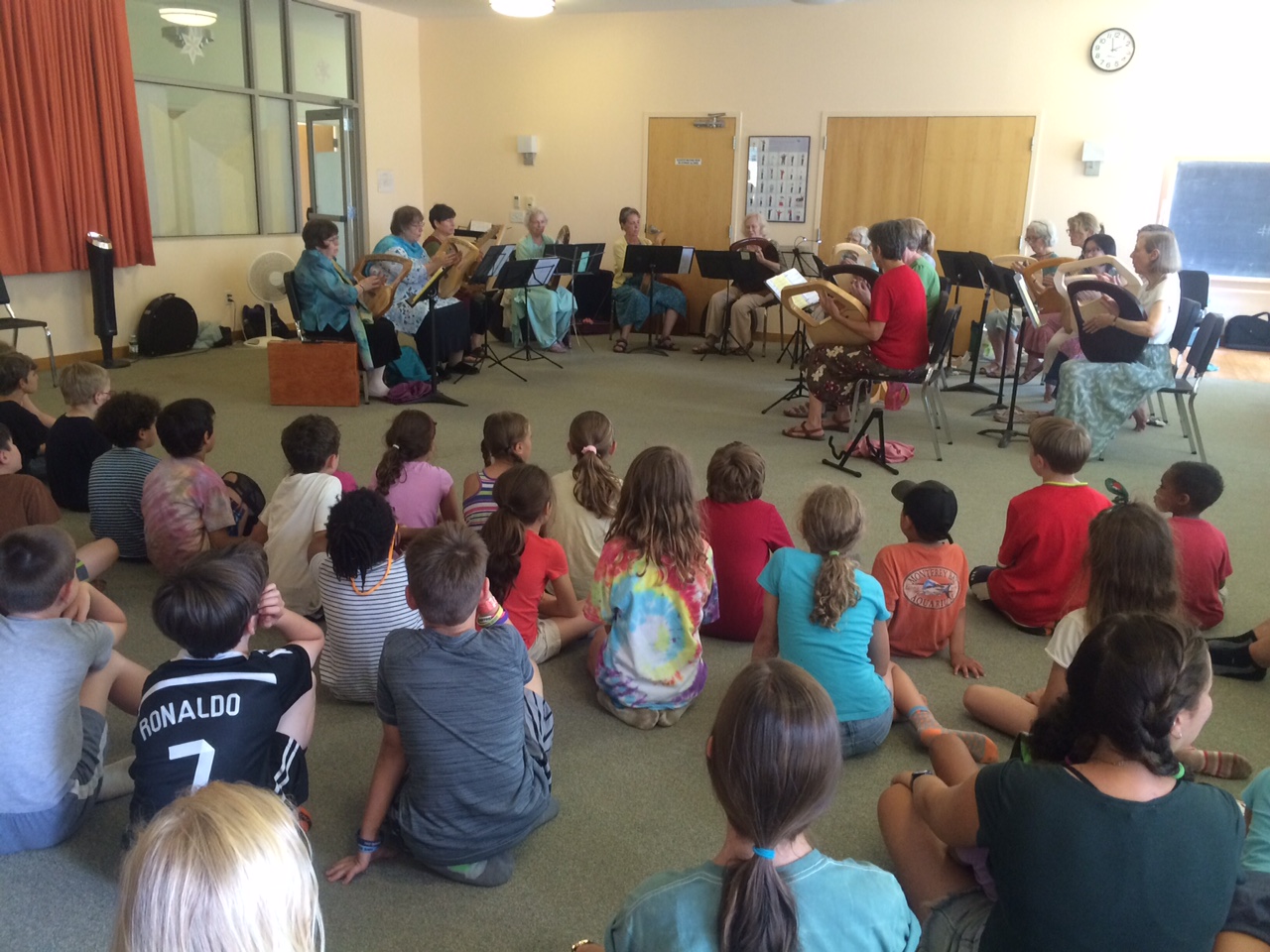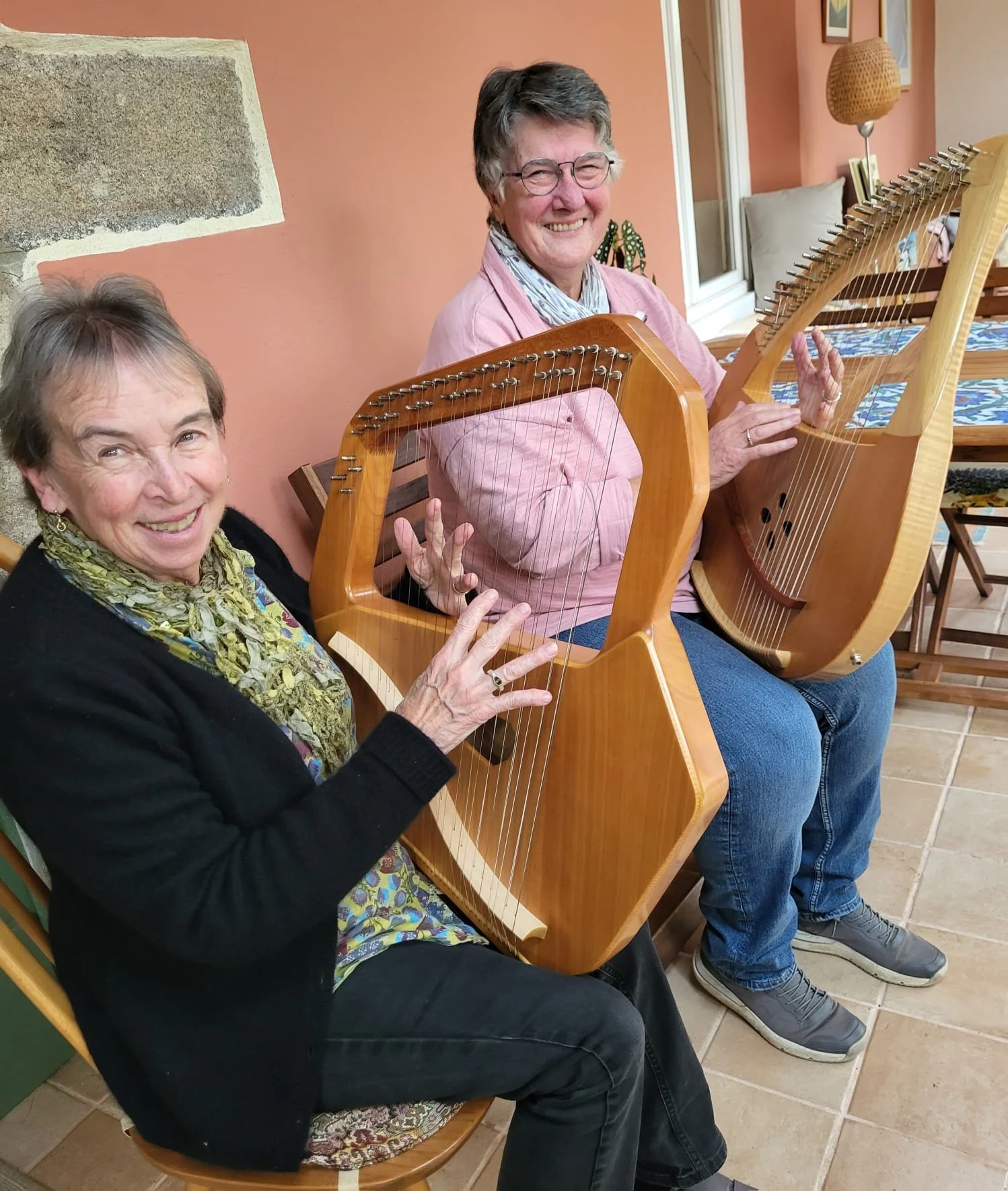Resonare Group Gathers at Camphill Copake
/by Julia Elliott, Beverly, MA
On the weekend of May 4-7, the Resonare (Foundation Studies in Music out of Anthroposophy) class of 2016-2017 gathered at Camphill Village in beautiful Copake, New York. The group of seven students and four teachers (one of whom came from Ecuador for the gathering) was welcomed for their fourth meeting of the year by the Camphill community, and classes were held in the warm and cozy Kaspar House living room. It was a joyful reunion for a group which had not been together for many months.
The group was very grateful for the generosity of Camphill Copake. As Resonare instructor, Channa Seidenberg, has been recovering there since she returned from her trip to China, it was a gift for the class to be able to gather around her. The weekend was filled with tone and interval exploration on the lyre, studies in music out of anthroposophy and music theory, improvisation with metal instruments, eurythmy, and lots of song! Since the sharing of food is always an important part of any Resonare weekend, the group was blessed by the amazing cooking of eurythmy teacher Karen Derreumaux and that of students (and Camphill co-workers) Seeya Zheng and Emily Gerhard (and her family).
In this bucolic setting, with the sun shining favorably (mostly!) on the weekend, the Resonare participants were fully immersed in the experience of sound and also of silence. The new friendships which had begun earlier in the year blossomed in this environment, and we all felt the delight of spending time with kindred spirits. The highlight of the weekend, then, was a festive gathering on Saturday night. Past and present students of Resonare gathered in the Kaspar House living room for an evening of singing and sharing. The room was packed with friends of Resonare, an assortment of instruments, songs and good humor. We were all moved by our experience of making music together, and the joy in the room was a testimony to the important service of the four talented and dedicated faculty members: Channa Seidenberg, Sheila Johns, Cate Decker, and Karen Derreumaux. Their collective gifts are reflected in these words by Rumi which were offered in parting to the group:
“Let the beauty we love be what we do.
There are hundreds of ways to kneel and kiss the ground.”













